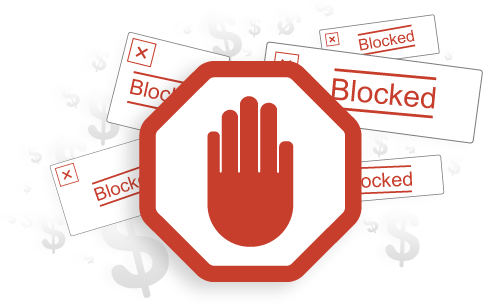[ad_1]
One of the main reasons most piano students get frustrated with their playing is that they try to play their piano music too fast.
The concept of slowing down in anything these days isn’t exactly a top priority. It’s not that we just decide to bypass “go slower”; we just don’t think about it.
With so much information, connection via social media, emails, and instant access to music and videos, we’re just not familiar with things that go slower.
We call someone now with the push of a button. Years ago we had to walk into another room, pick up the phone and dial the number. There was no way to leave a voicemail message, so if the person was not at home, you would have to wait to send them your message.
Going fast and receiving what we need pretty much instantly is good in some situations. There are some things, however, that cannot happen quickly, if they are to happen successfully.
Learning the piano is one of those things. Why? Read on!
First of all, learning the piano can be compared to learning a new language. There are many different aspects of musical language that are included in learning to play the piano, in addition to learning the mechanics of the instrument itself.
The language of music includes notes and also the reading of notes, rhythm, tempo, key signatures, chords, harmony, etc. Applying this to the piano involves learning where the notes are on the keyboard, how to play specific articulations, how to play different dynamics, how to use the pedals, etc.
Take note of the reading for example. The first thing to do is learn where the notes are on the keyboard. Usually the first note we learn the location of on the piano is the middle C. Then you can learn to identify middle C on the staff while playing it on the keyboard at the same time.
All notes can be learned that way actually. The important thing to note is that it is learned one step at a time. You can first learn where the notes are on the staff, then identify where they are on the keyboard, or do it the other way around.
Practicing slowly, one step at a time, is the same thing and is the key to learning music and piano successfully. The practice begins from day one. Every time you sit down at your piano to work on something, you are practicing. The challenge is how to make this practice as productive as possible.
Always, start slowly. Give your brain and body time to process what you tell it to do, and then learn it. This is what we call muscle memory. If we try to play something before we’re technically ready, we send confusing messages to our brain and body and don’t end up playing what we’re trying very well.
Sending clear messages requires slower, more focused communication, which simply comes from playing slower. It could be compared to speaking more slowly to someone who speaks a different language so that they can understand you more easily.
Once you speak / play slowly enough and the message is received and processed, you can easily increase your tempo a bit more, without wasting some of the basic work you have already done.
Think of it as a dialogue between you and your body as you practice. Watch how well you are able to play what you are working on at a slow pace and make sure that you have clarity in your thinking as well.
The more you do this, you will be truly amazed at how much faster you progress, regardless of your level in your piano studies.
[ad_2]
Source by Timothy Wurm


